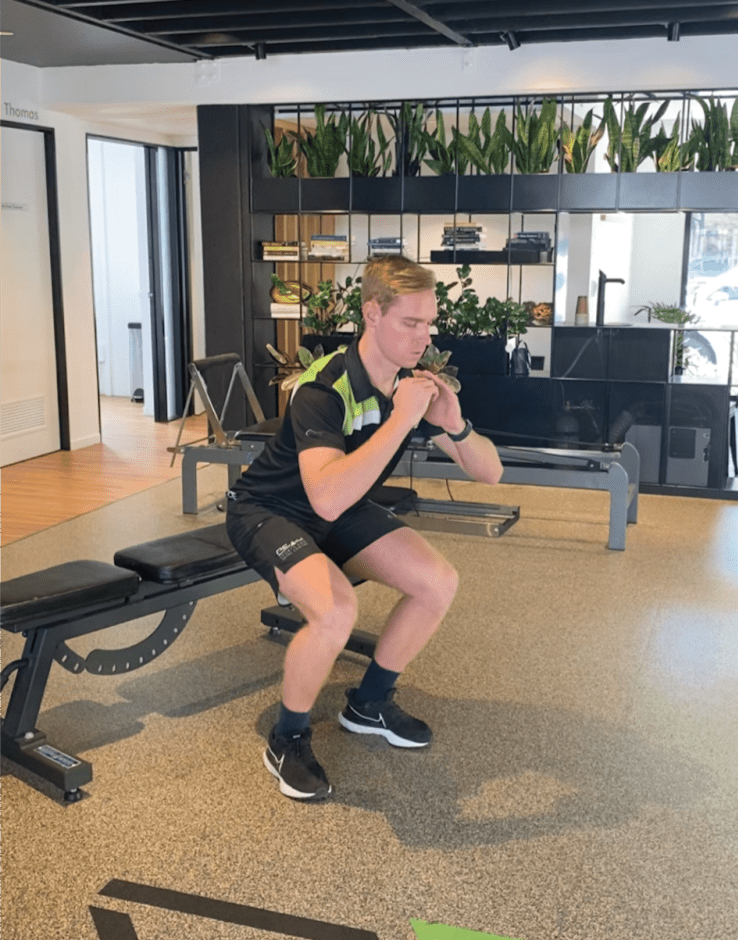Why does it occur?
We refer to the amount of load/volume that your tendon can withstand happily as tendon tolerance. When there is a discrepancy between patellar tendon tolerance, and the amount of load it is being subjected to, an acute overload occurs. For the next 24-36 hours following tendon overload, there is a net loss of collagen content (the building block of tendon tissue) within the tendon and is, therefore, weaker during this short window. However, if you allow adequate rest time and recover well, your body produces more and newer collagen tissue and your tendons adapt positively—this is how we get stronger, faster, and more explosive with training.
Can you keep doing the things you enjoy?
Tendons love load and are extremely adaptable! Complete rest is often the worst thing you can do for a tendon. If exercise is avoided, the tendon becomes accustomed to this and it becomes more difficult to reintroduce the activity once more. Instead, the key principle in management of Jumper’s Knee is progressive loading. Once you have modified your training to a level that your tendon can tolerate without flare-ups of pain, you can begin to build slowly from there. Three phases of tendon loading rehabilitation are outlined below.
Low-to-moderate levels of tendon pain are acceptable during the tendon loading program. Research suggests that exercising within <3/10 pain is safe to do, and will still elicit favourable adaptations. Additionally, the tendon’s response for the following 24-48 hours is important to monitor.
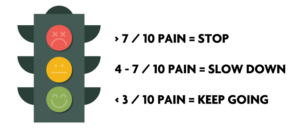
A green light analogy is useful for monitoring your response to exercise:
Phase 1: Symptom Reduction
The first component of Jumper’s Knee rehabilitation program is symptom reduction. Isometric exercises, where muscles contract without moving, are effective in reducing tendon pain. This involves constant load across the tendon, at a tolerable level of pain, which allows the tendon tissue to desensitise. Here are two examples:
Wall sits: 5 x 45s holds
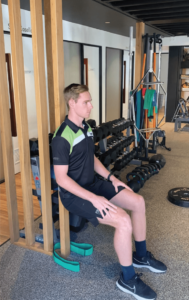
Spanish squats: 5 x 45s holds
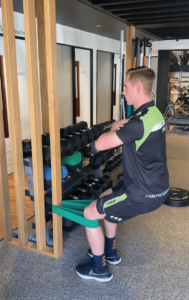
Phase 2: Build strength/Capacity:
Once your tendon pain is at a more manageable level, it is safe to introduce more challenging exercises to increase muscle strength and capacity. Doing so will allow the muscles and tendons to generate higher forces and tolerate these forces better!
Bulgarian Split Squats: 3 x 12 reps/leg
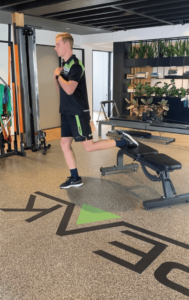
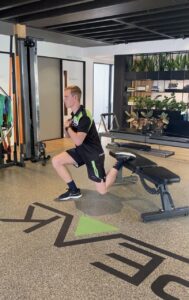
Decline Tempo Squats: 3 x 10 reps. 3 second lower, 1-second raise.
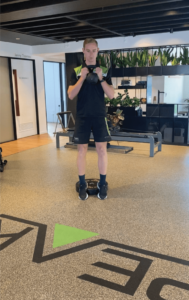
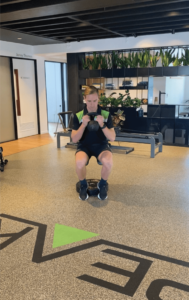
Phase 3: Energy Storage and Release:
Once there is sufficient muscle/tendon strength we can begin to introduce plyometric exercises. These types of movements subject the tendons to high loads quickly and challenge the energy storage and release function previously described.
Drop Jumps: 3 x 10 reps
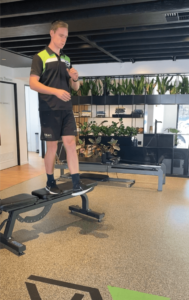
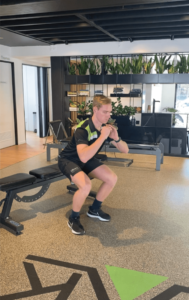
Seated box jumps: 3 x 10 reps

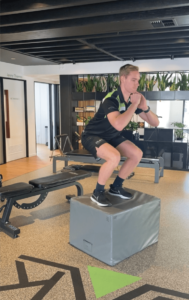
Depth Jumps: 3 x 10 reps.
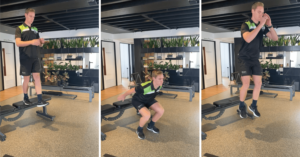
The final phase of rehabilitation not discussed in depth in this blog is the return to sport phase. These activities will be specific to each sport and position and can begin once energy storage and release activities are well tolerated 2-3x/week. Again, the workload in this phase must slowly increase within the acceptable levels of pain.
Ultimately, as with most injuries, the best way to manage Jumper’s Knee is to prevent it in the first place! The exercises provide a framework to get out of pain and can minimise your risk of developing Jumper’s Knee in the future. For a more tailored approach, specific to you, your sport and your goals, contact PEAK to book in with one of our Coaches!
Tommy Jarrard
Physiotherapist PEAK
Let's get started — How can we help?
Physiotherapy
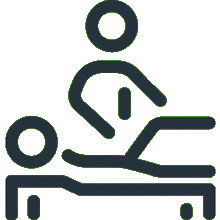
Chiropractic
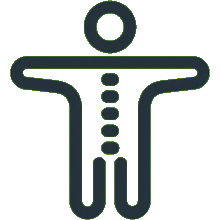
Podiatry
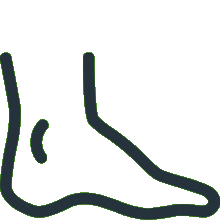
Massage Therapy
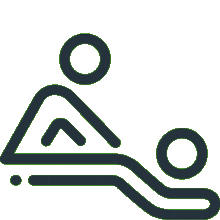
Women's Health Physiotherapy

Running Program Tailored To Your Goals

Joint Mobilisation

Active Release Technique
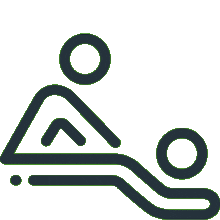
Exercise Prescription
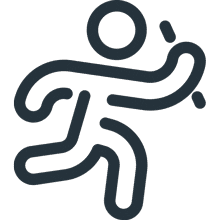
Real Time Ultrasound Imaging

Spinal Manipulation
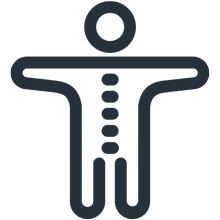
Functional Movement Screen
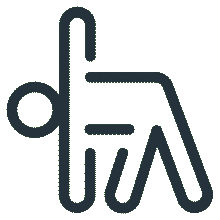
Knee Pain Treatment

Hamstring Strain Treatment
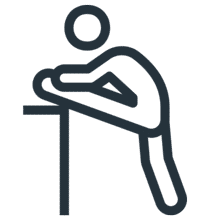
Hip Pain Treatment

Upper, Middle & Lower Back Pain

Neck Pain Treatment

Shoulder Pain & Rotator Cuff Tear

Can't find what you're after?
View all Services
Make an appointment
Or email the PEAK team at info@peakssc.com.au
Hawthorne
- Phone: (07) 3399 3318
- Fax: (07) 3319 6577
Address
5/171 Riding Road,Hawthorne, QLD, 4171 Get Directions
Opening Hours -
6 days per week
- Monday - Friday: 7:00 am - 8:00 pm
- Saturday: 7:00 am - 1:00 pm
To make a booking outside of business hours, please use our form by clicking here.
New Farm
- Phone: (07) 3399 4668
- Fax: (07) 3319 6577
Address
1/15 Lamington Street,New Farm, QLD, 4005 Get Directions
Opening Hours -
6 days per week
- Monday: 7:00 am - 8:00 pm
- Tuesday: 7:00 am - 8:00 pm
- Wednesday: 9:00 am - 8:00 pm
- Thursday: 10:00 am - 8:00 pm
- Friday: 7:00 am - 3:00 pm
- Saturday: 7:00 am - 3:00 pm
To make a booking outside of business hours, please use our form by clicking here.
